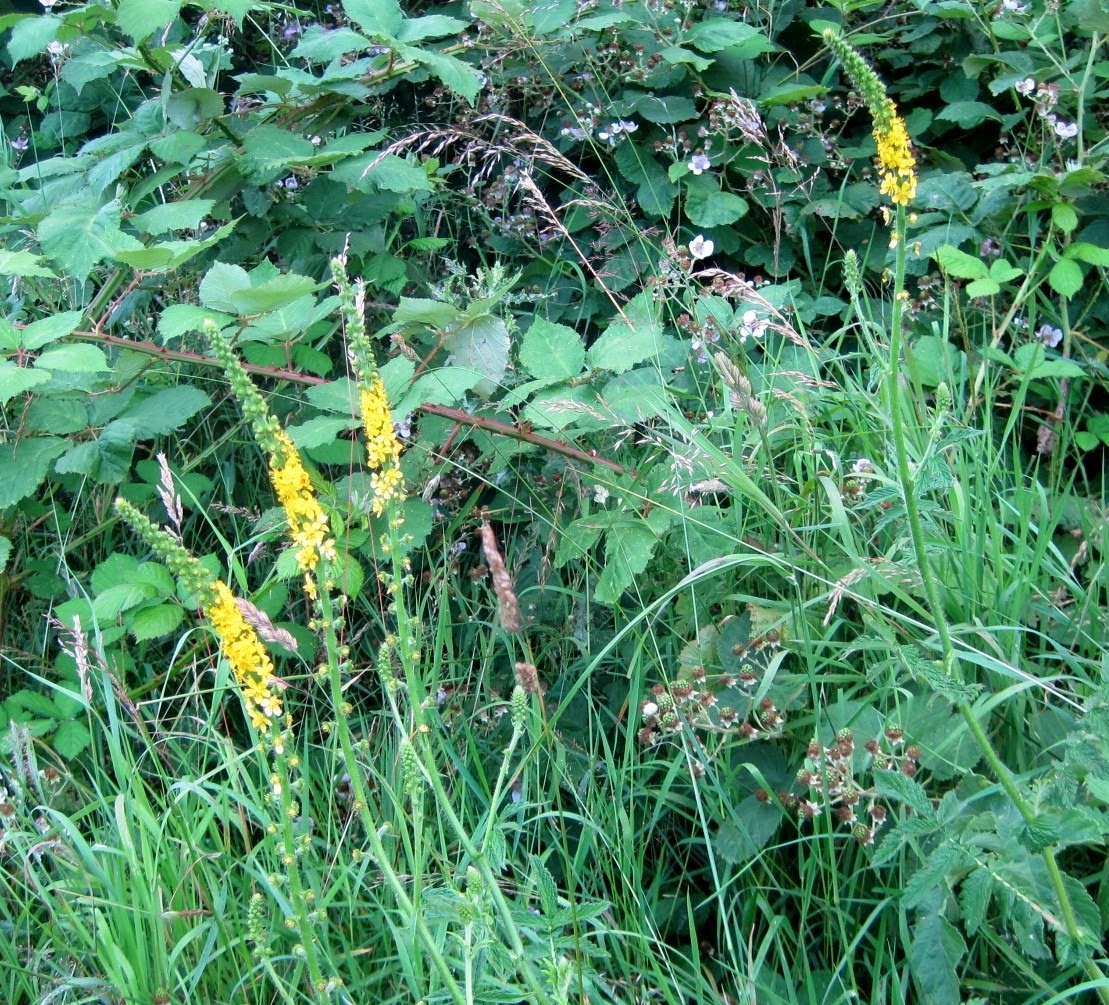The hedges are festooned with the creamy white flowers of Traveller's Joy, the wild clematis, also known as Old Man's Beard because of the fluffy white autumn fruits.
But although it is beautiful, this plant can weigh down the tops of young trees with the sheer bulk of its growth.
Like all clematises, the flowers actually have no petals. What we see are the sepals and a spray of long stamens.














































